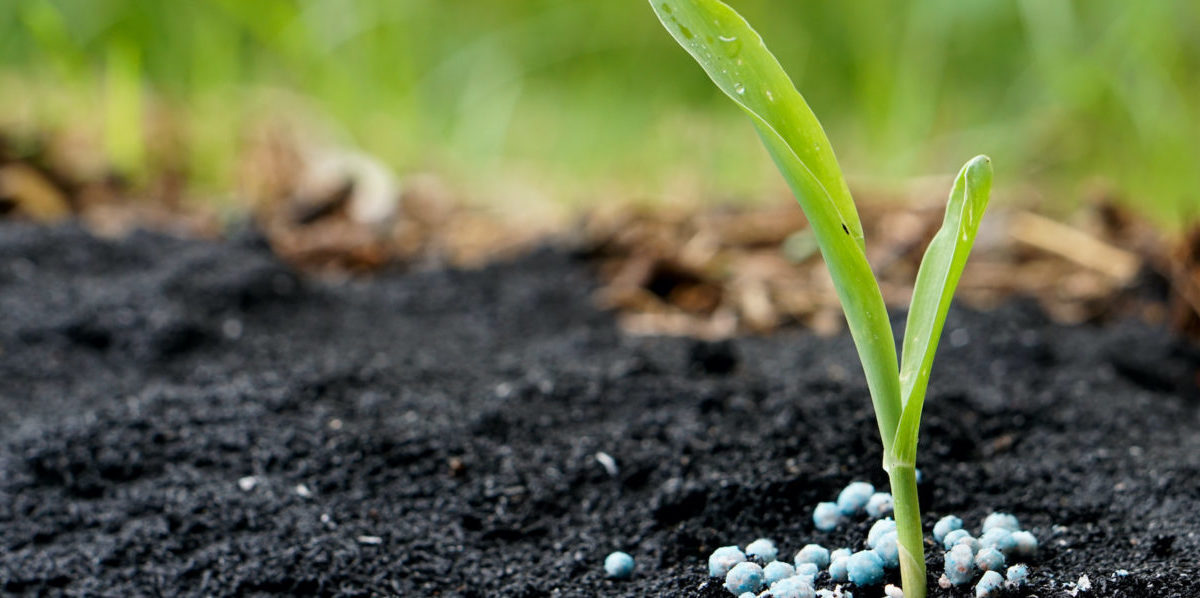
5 Tips to Choose the Best Fertilizers
The agrochemical industry is one of the industries that moves in lockstep with the agricultural sector of the country. The use of agrochemicals is strong in a country like Canada, which has a long and booming rural trajectory, and it is even stronger now that it is attempting to boost competitiveness in productive concerns prior to the coming into effect of multiple FTAs. The segment related with fertilisers has shown the most vitality among the segments.
Organic fertilisers are also on the rise, which is another area of competition that has emerged. Growers of coffee, peas, aloe, avocado, soursop, and citrus, among other crops, are now attempting to meet an increasingly informed demand for products sustained with vegetable fertilisers rather than animal or laboratory chemicals. As a result, businesses promote items with a high number of live microorganisms for prices starting at 30 thousand pesos. This could be one of the elements that has helped to keep prices consistent in times when the dollar is well-positioned.
A decent fertiliser may be a vital companion in making our gardening effort a success and ensuring that our plants grow healthy and strong. For optimum development and gorgeous flowering, plants require a variety of nutrients. Read more here to buy grow nutrients online.
Here are five suggestions for selecting the best fertilisers. Recognize the categories:
They are split into three classes based on the nutrients: Macronutrients, or nitrogen, phosphorus, and potassium, are the most important nutrients for plant resilience. Secondary nutrients such as calcium and magnesium would enter here, which are beneficial to vegetable growth. Chlorine, copper, iron, cobalt, nickel, and other micronutrients are beneficial but not needed.
Solid or liquid: Liquids are best for pots and planters, while solids are best for gardens and broad surfaces (they can be granulated or powdered).
They are also split into other sorts based on their specificity: universal, lawn, flower, and garden.
Use the following formula to decipher the package’s formula: The first three values represent the amounts of nitrate, phosphorus, and potassium in the three macronutrients. It might be basic, with only one of these three components, or it can be complex, with varying amounts of each.
Fertilize with slow-release fertilisers if possible. If you don’t, you’ll have to use fertilisers on a more regular basis. Always remember to water after each application.
However, in order to take care of the soils, these 5 guidelines are not only useful for selecting the best fertilisers, but they are also important for properly insuring your agricultural industry’s crops and machinery. Protect your business by purchasing a coverage that covers agricultural machinery, greenhouses, livestock, and farms.
Agricultural insurance appears to be the greatest solution for protecting your plants and vegetables. The first step is to take care of the floors and other important factors for the growth of your business. Then, to achieve the greatest results, use the five suggestions to choose the best fertilisers. Take care of your oil mills, wineries, or revolutionary harvesters, and make sure they’re not just up to current, but also safe.
